PATTERN ALTERATIONS
When I'm done fiddling, here's what the front panel looks like pinned up: The next pattern change is to make the sleeves into proper bishop sleeves. Simplicity 2758's sleeves have fullness at top and a little more fullness at bottom. Made in a flowy fabric, they drape elegantly, but made in a firmer fabric they look bigger. I called them bishop sleeves originally, but further research reveals that a proper bishop sleeve has a more extreme change from narrow at the top to full at the bottom, like a trumpet sleeve gathered into a cuff. My goal: I want my new sleeves to have no fullness or gathers at the top, with all the fullness at the bottom, gathered into a taller cuff than the original pattern. Making the cuff taller doesn't require any major changes... the pattern calls for cutting two cuff pieces and folding each the long way to get the cuffs. I'll use the same shape, but cut four and sew two together with interfacing for each cuff, instead of folding. That will double the height of my cuffs. Altering the sleeve fullness is trickier. It's easy to take a fitted sleeve and add width to the sleeve cap to make gathers, but if the width is already there, how do I know how much to take away to get it back to a fitted sleeve? Working on the theory that Simplicity might have a block they re-use over and over, I pull out a similar pattern I have, Simplicity 1538, and lay it atop Simplicity 2758. I am comparing the lines of the armscyes and the shape of the sleeve cap: As you can see, the armscyes are nearly, if not exactly, the same. The sleeves differ greatly, though: 1538, the more fitted sleeve, is narrower (because no gathers), shorter at the sleeve cap, and shorter in length (because it fits into a taller cuff); 2758 is wider at top and bottom, and taller at the sleeve cap. Despite their differences, I know that Simplicity 1538's sleeve will fit Simplicity 2738's bodice because they have the same armscyes. I want to merge these two sleeves, keeping the narrow, fitted top of the one and the flared fullness of the other. So I start by tracing the narrower sleeve cap. Then I fold the wider sleeve to compress it so it fits, and trace its taller sleeve cap: Once I have the two sleeve caps traced, I decide to keep the shorter one from Simplicity 1538, so I erase the taller line. Then I open the bottom of Simplicity 2758 up again to its original width and trace that. Knowing that my cuff will be taller, I shorten the sleeve a little and shape the bottom to a gentle curve, longer in the back and shorter in the front. Hopefully, this shape makes the fullness of the sleeve drape more in the back and not fall over the top of the hand in the front. Online, I find instructions on ClothingPatterns101 ("How to Draft a Bishop Sleeve"). In print, the same directions can be found in Threads #196, April/May 2018, but it's not online as of now. The final step is to trace my new pattern in dark marker, label it, and mark the location of the new slit. CUTTING OUT
Another important thing I do is stitch the two layers together in a wee triangle just inside the line of the eventual bust dart. This'll keep the layers from sliding off each other when I go to fold and pin that dart. ASSEMBLYPerhaps because this fabric is thinner than the sateen I used last time, I find that this shirt is a teensy bit too slack in the back, so I add a Center Back dart and it's perfect.
Taking advantage of the stability of the knit, I make the slits in the sleeves simply by cutting them, turning their edges inward, and stitching them. THE COLLAR Last time, I did the collar using Threads Magazine's advice about the turn of cloth. This time, I try something different.
I turn the collar and press it. I top-stitch around the sides and bottom. Finally, I sew it to the top of the collar stand, then close the collar stand's lining. CLOSURE & FINISHING I weigh the closure options briefly -- buttons, zipper, snaps, hooks and eyes -- and decide that hooks and eyes will be nicely unobtrusive on the inside of the front facing. With no visible buttons, I can use the shirtfront as a display for my brooches! (Not needing to sew buttonholes is a bonus.) I do use faux pearl buttons on the sleeve cuffs. To hem it, I serge the whole bottom edge, turn it up once, and hold it with a single line of machine stitching. FINISHED! THOUGHTS...
2 Comments
The Sister
7/2/2018 12:04:15 pm
This looks very nice and comfortable, and it's a good color on you! Well-accented by gold jewelry, too! And how long your hair is growing! My lovely sister. <3
Reply
momsydoodle
7/10/2018 05:35:04 pm
Karen, you did a fine job. Grace Brothers missed a great opportunity of having a sales girl like you! You'd have been perfect there. Well done. Have a great day.
Reply
Leave a Reply. |
Karen Roy
Quilting, dressmaking, and history plied with the needle... Sites I EnjoyThe Quilt Index Categories
All
Archives
March 2024
|
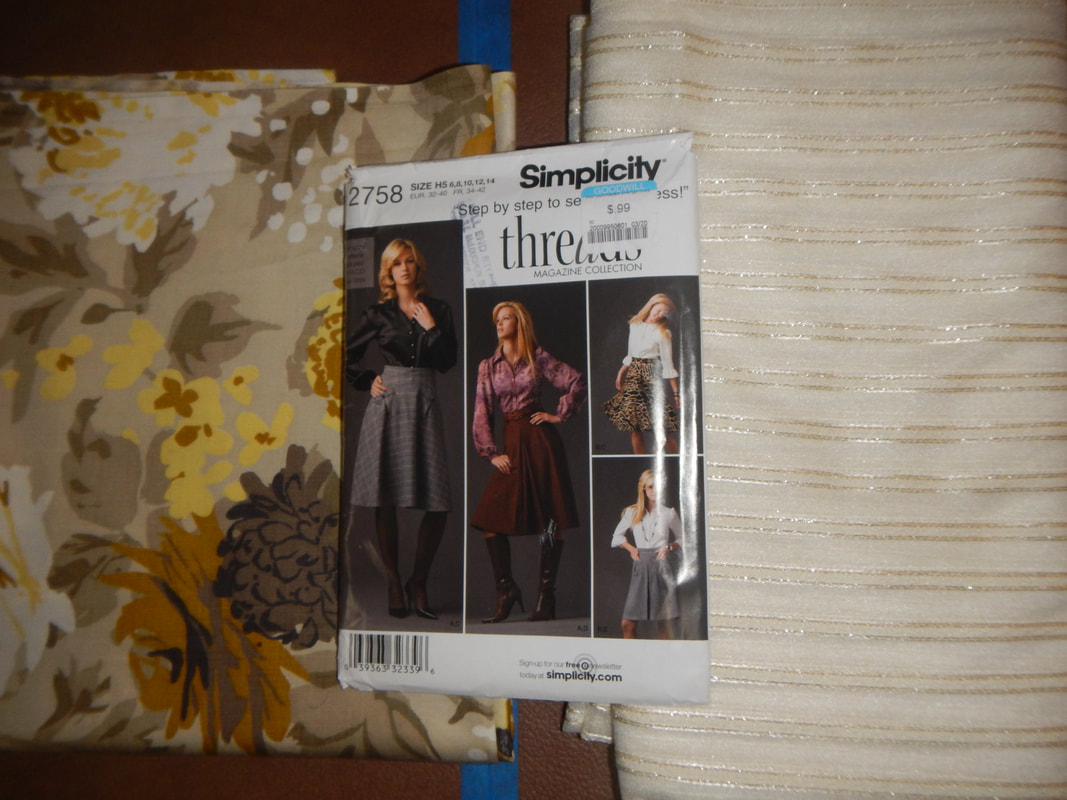
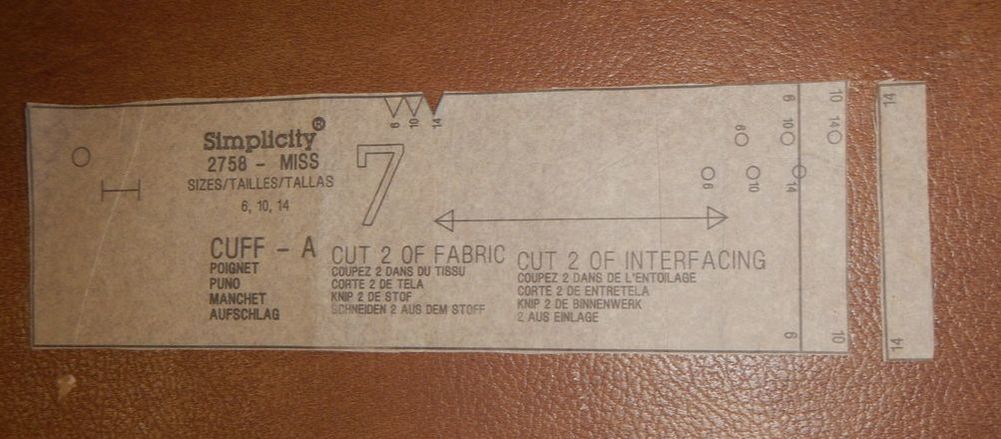
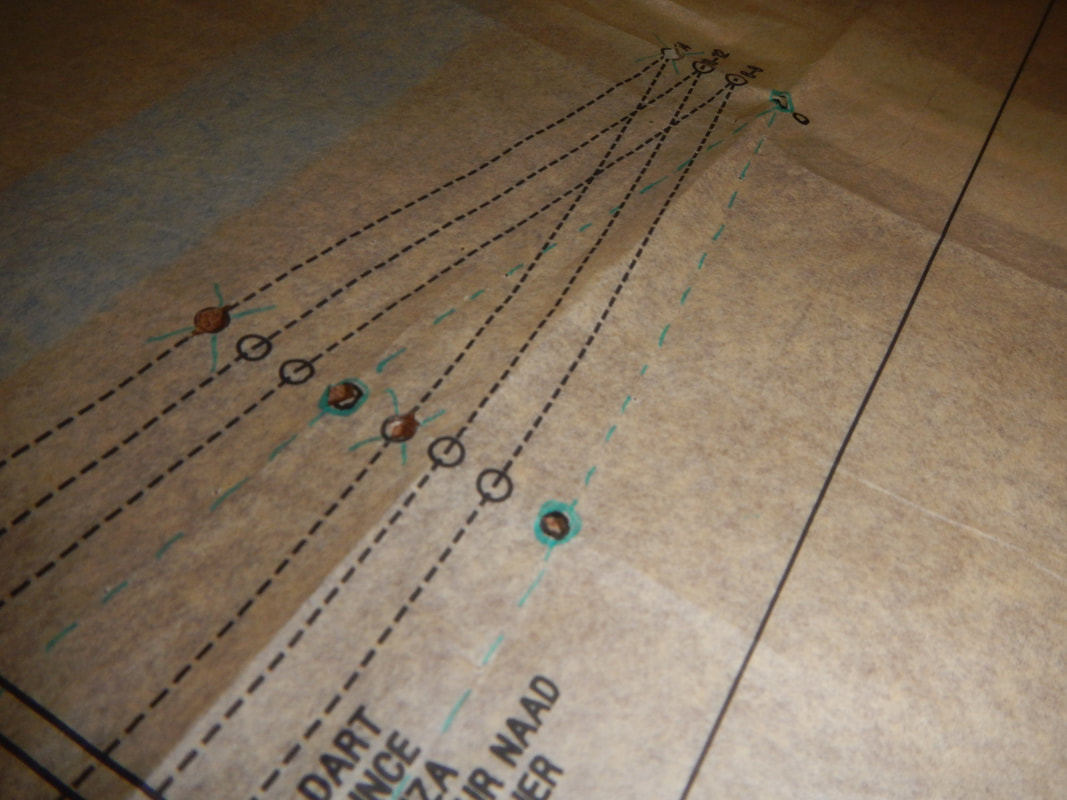
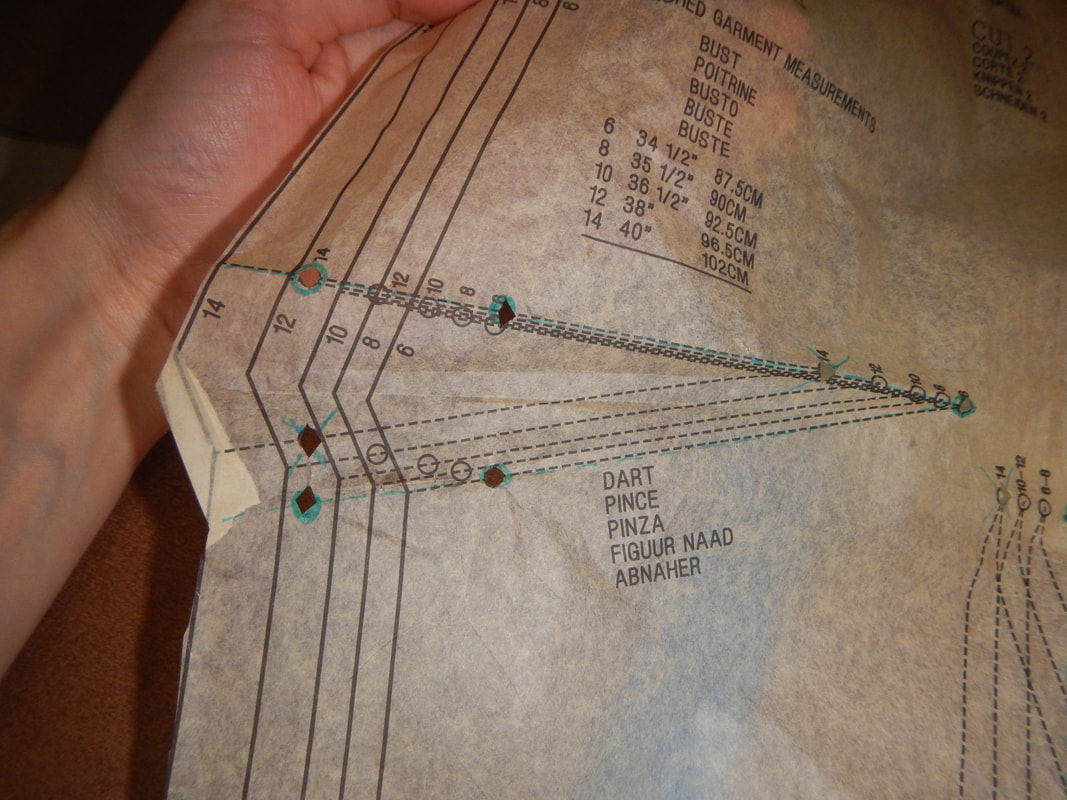
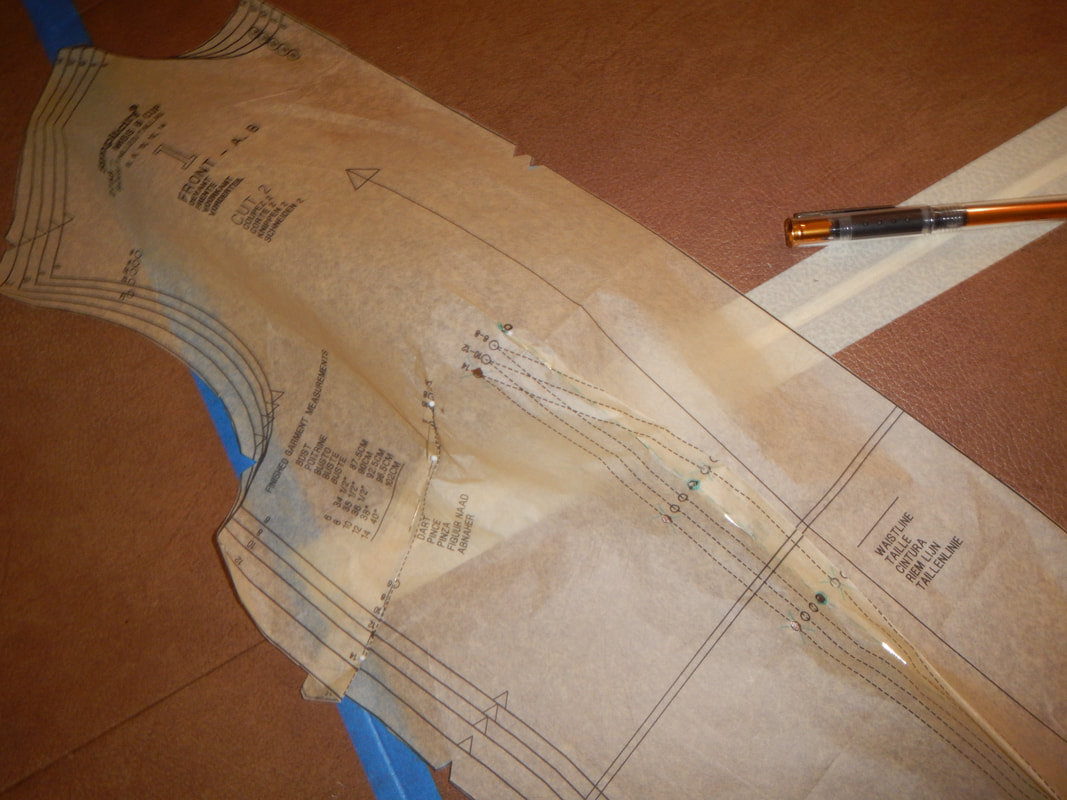
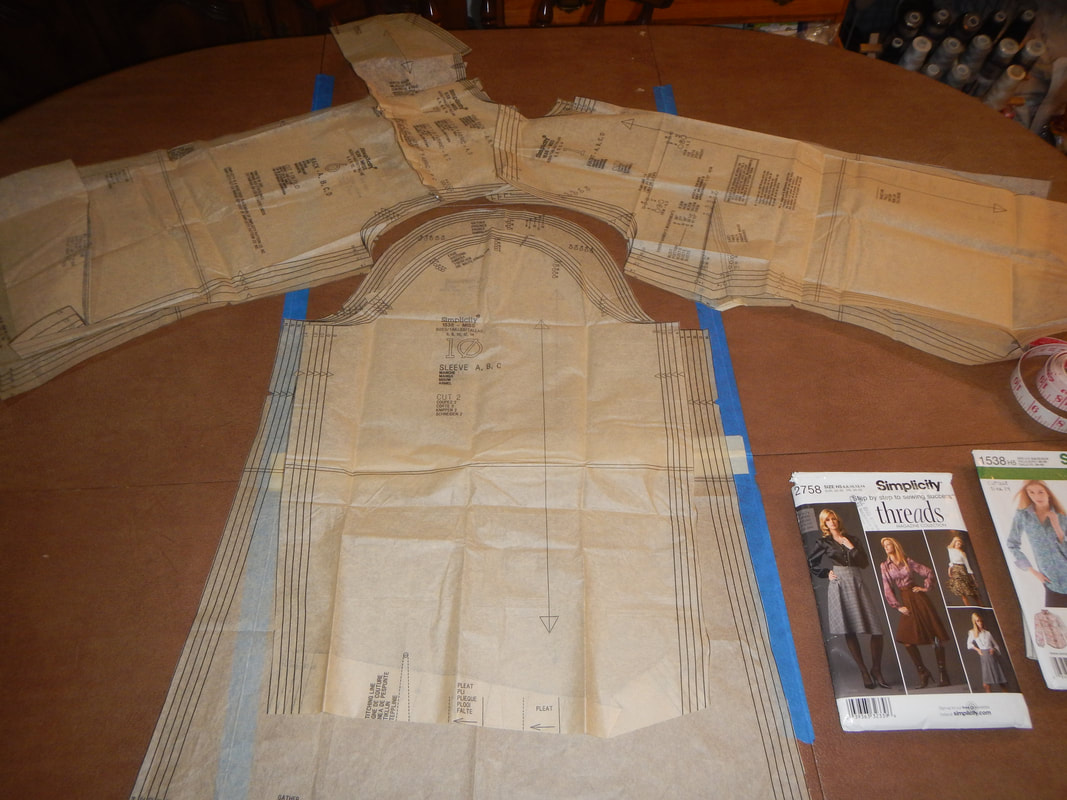
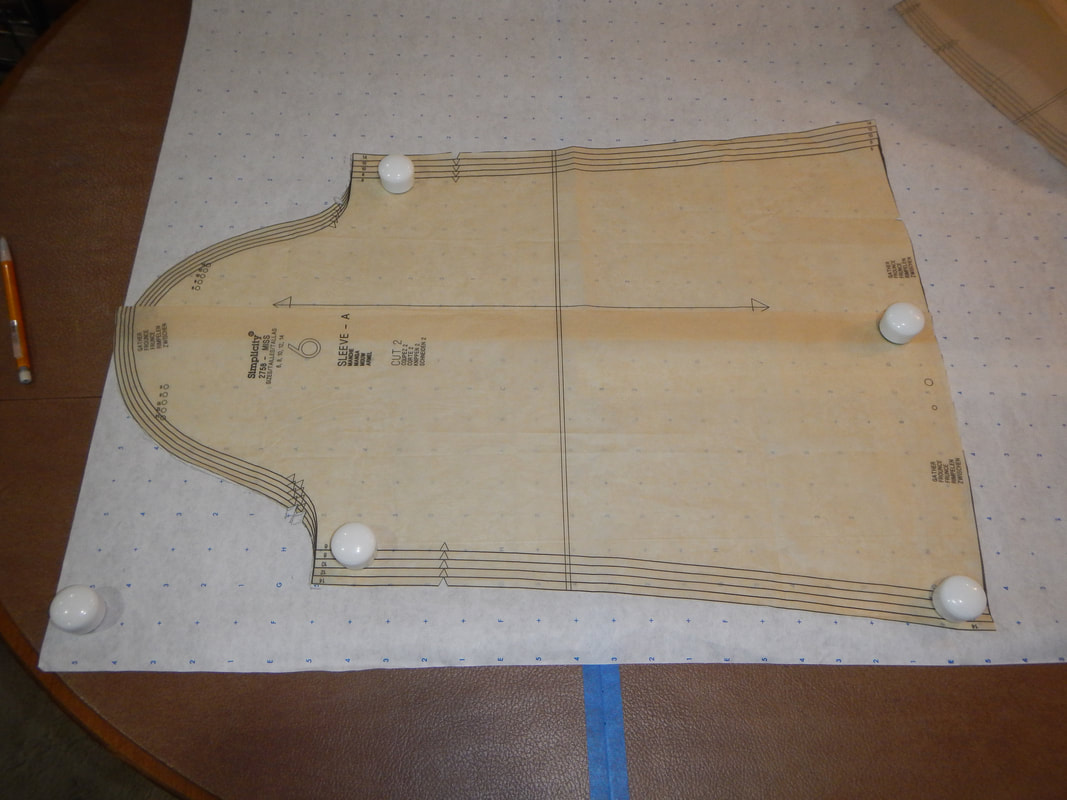
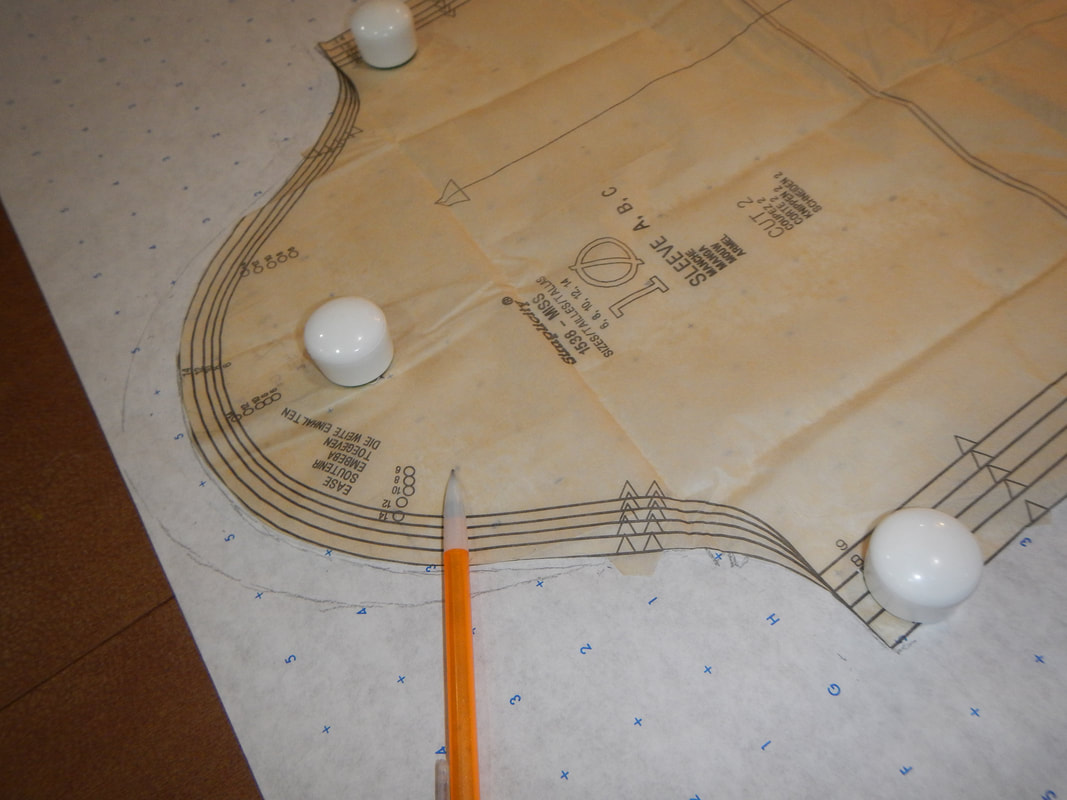
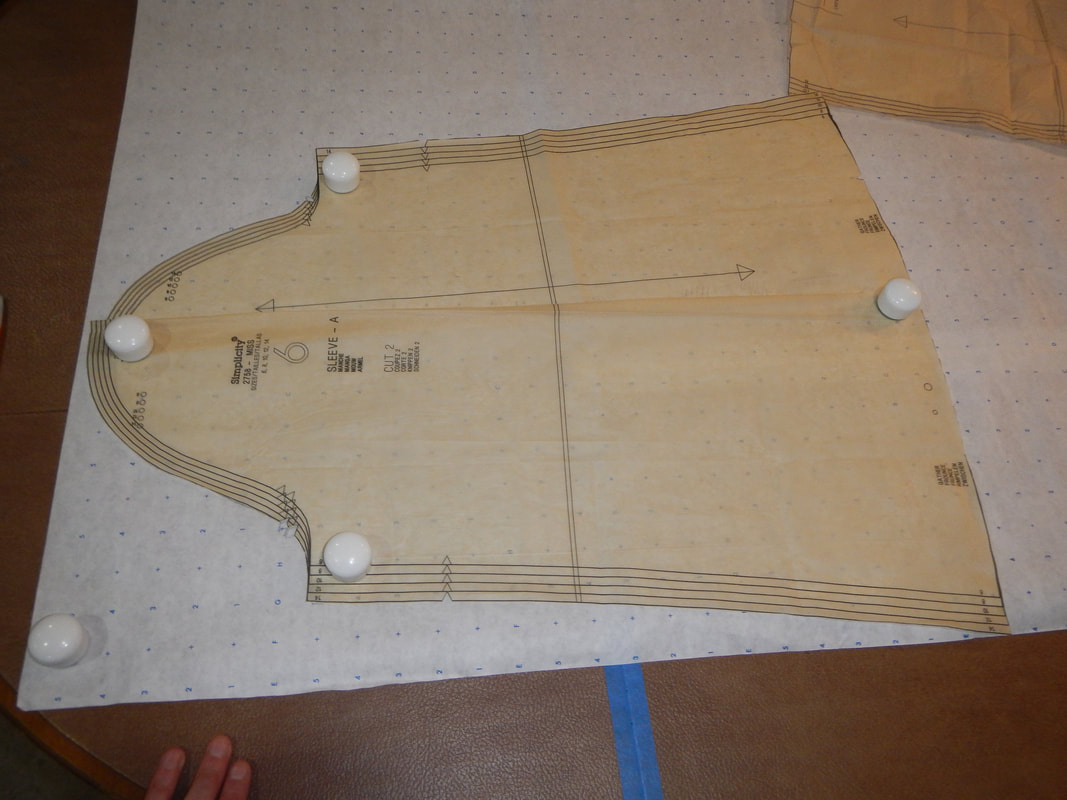
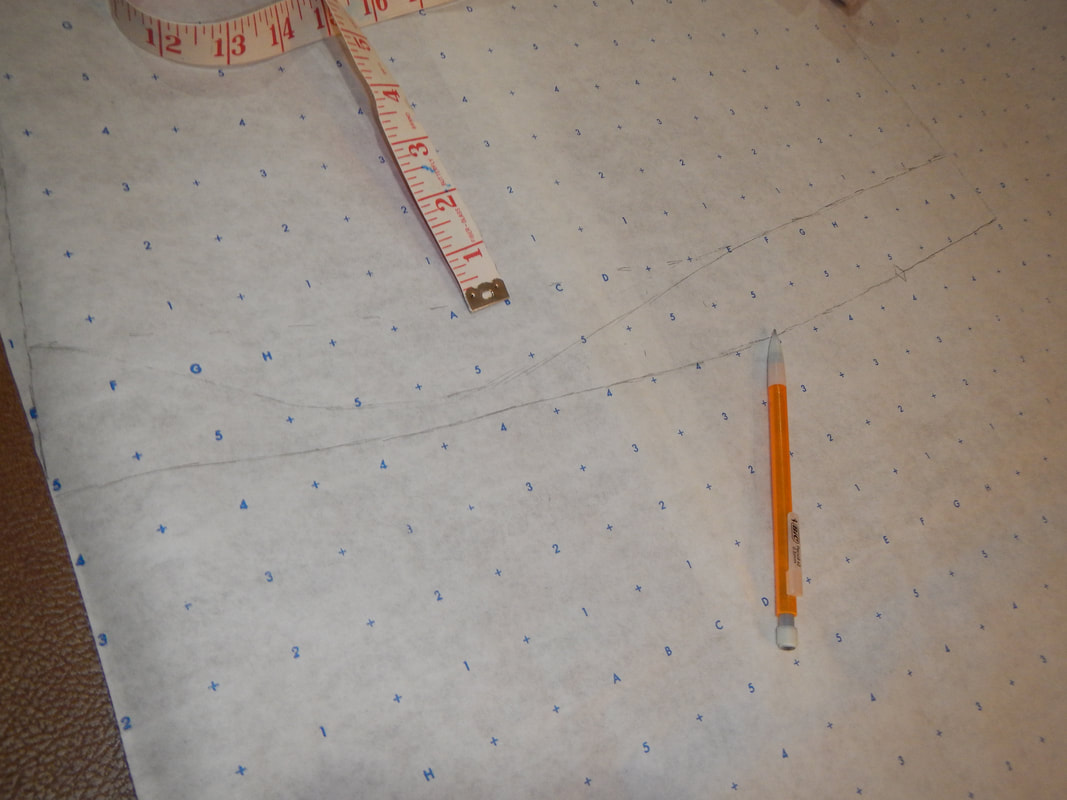
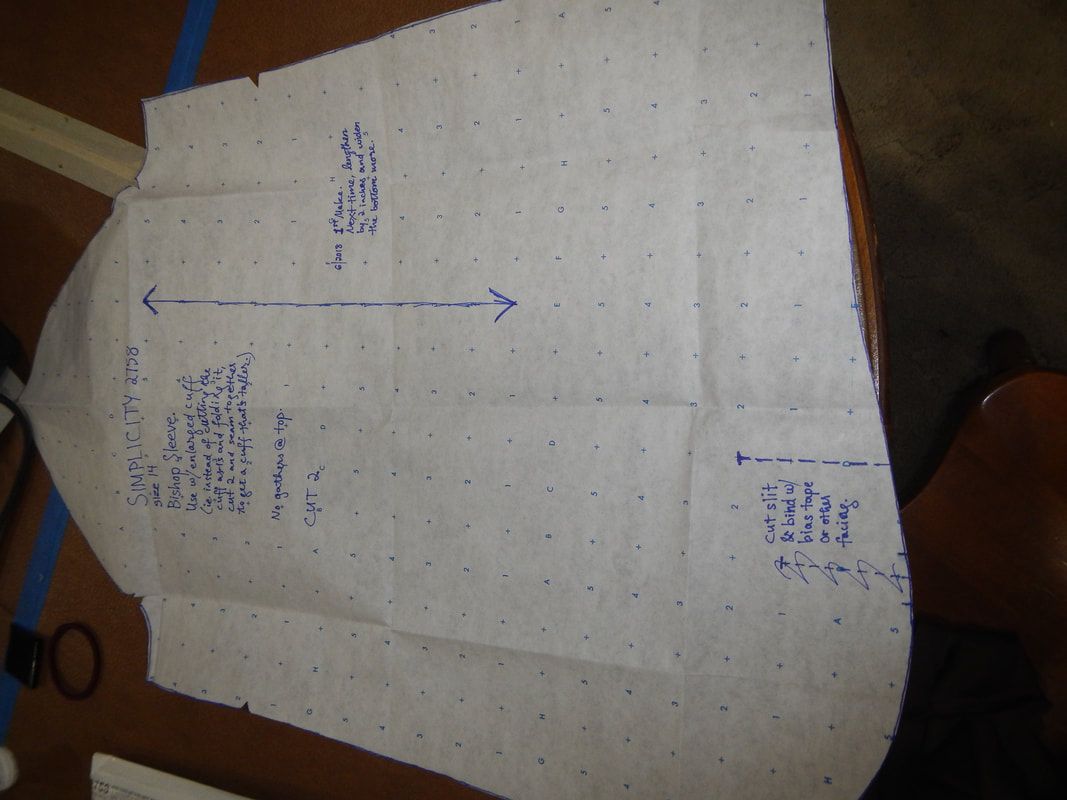
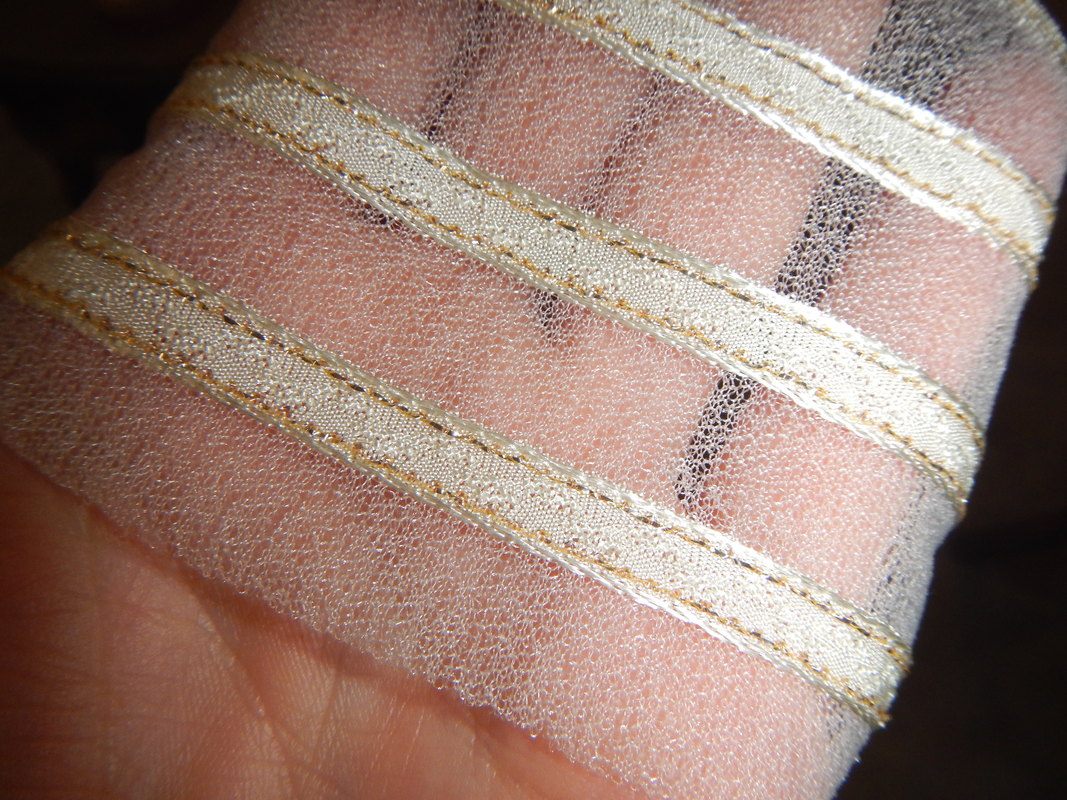
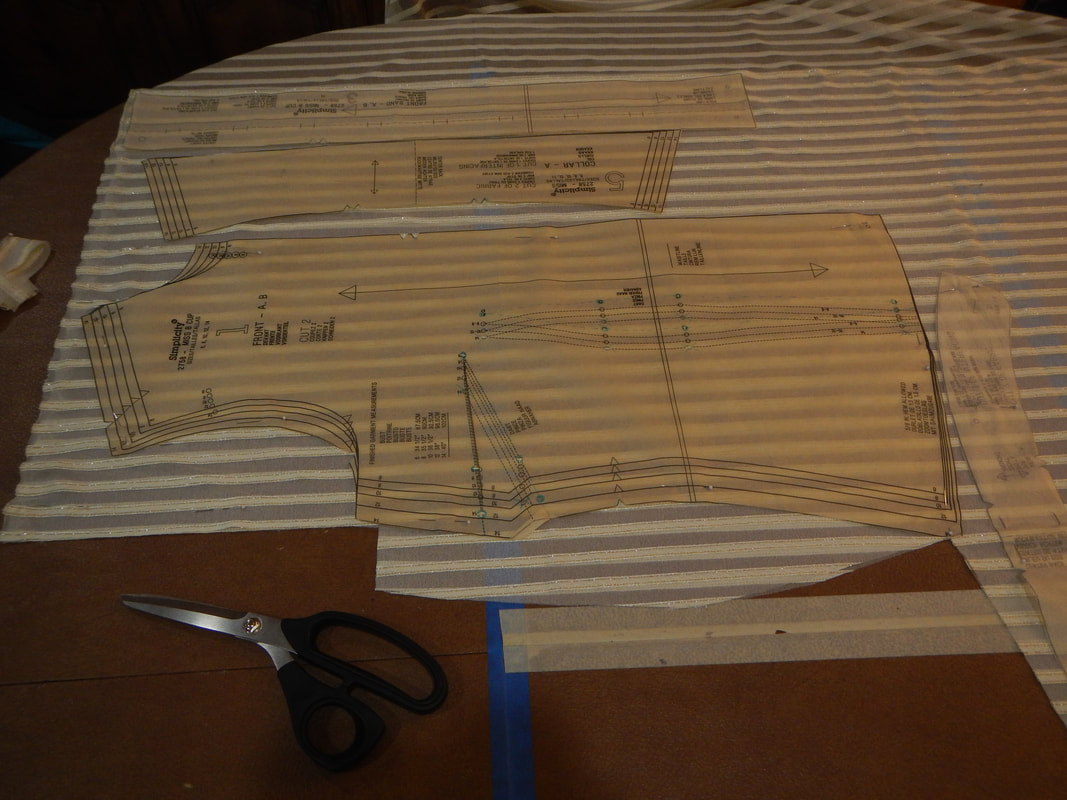
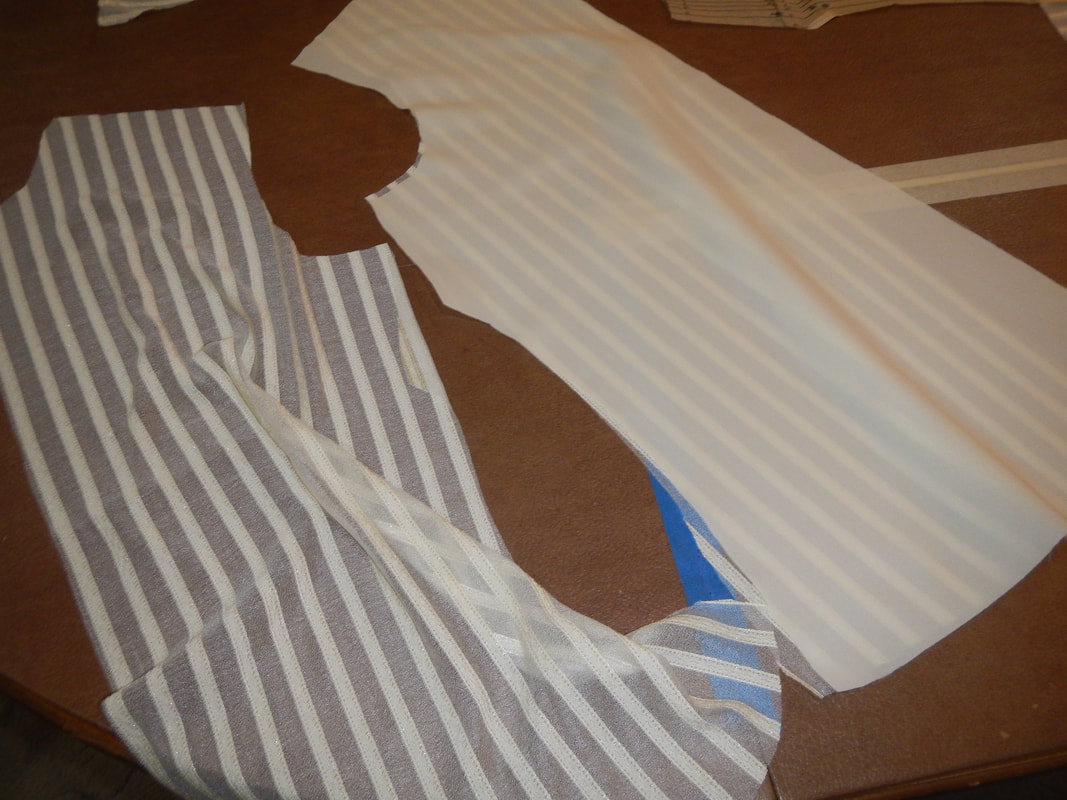
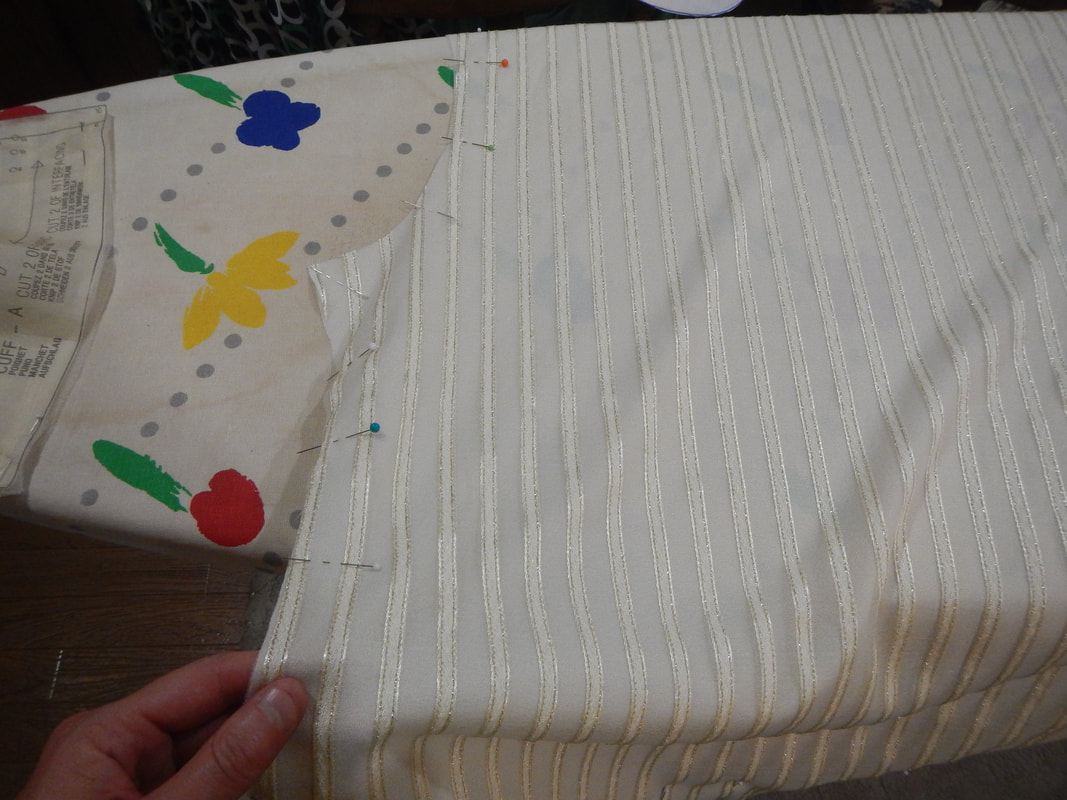
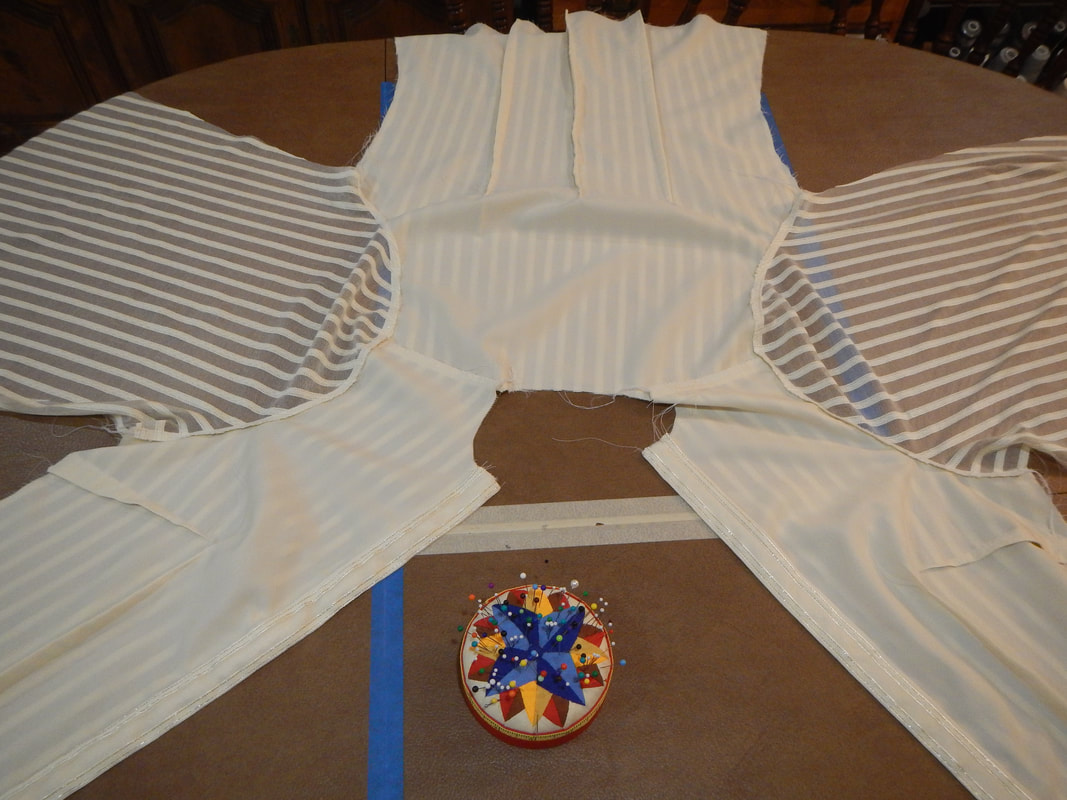
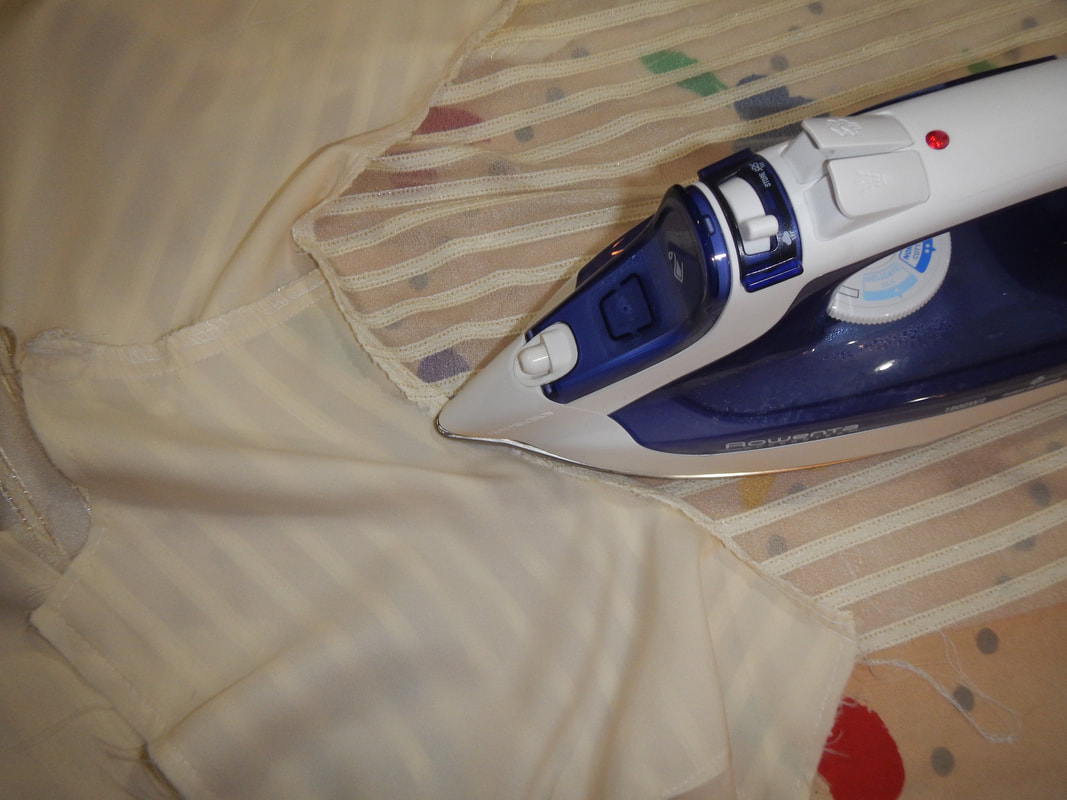
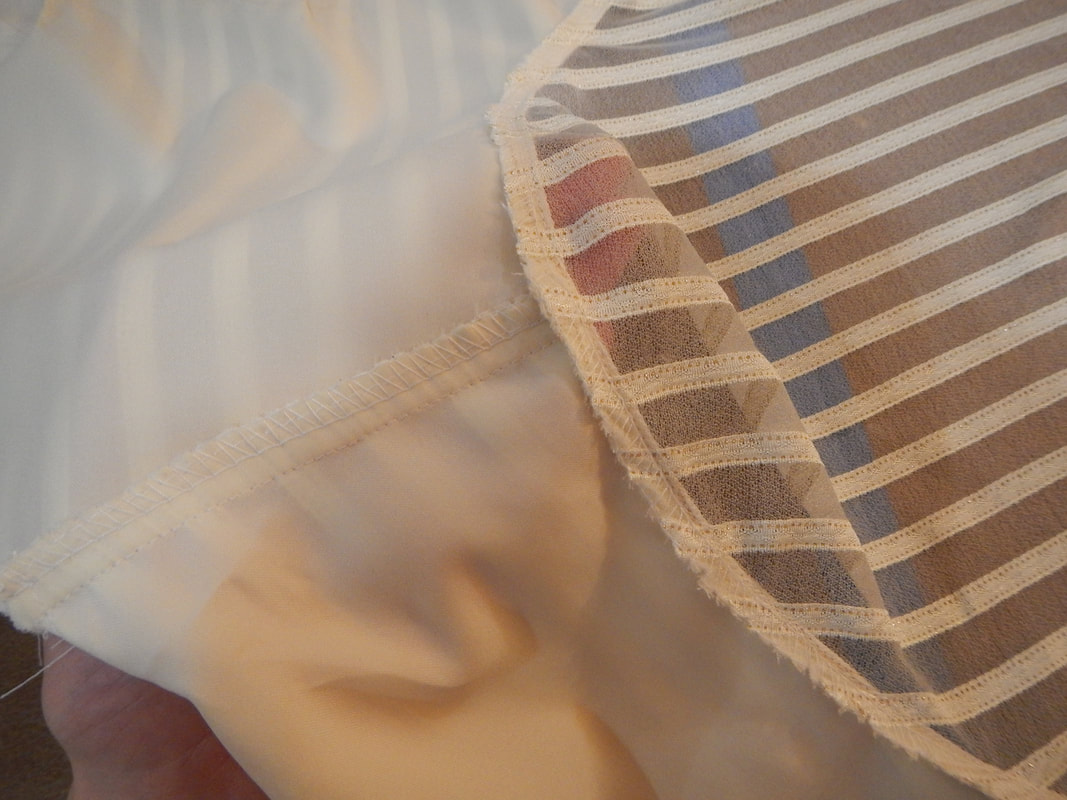
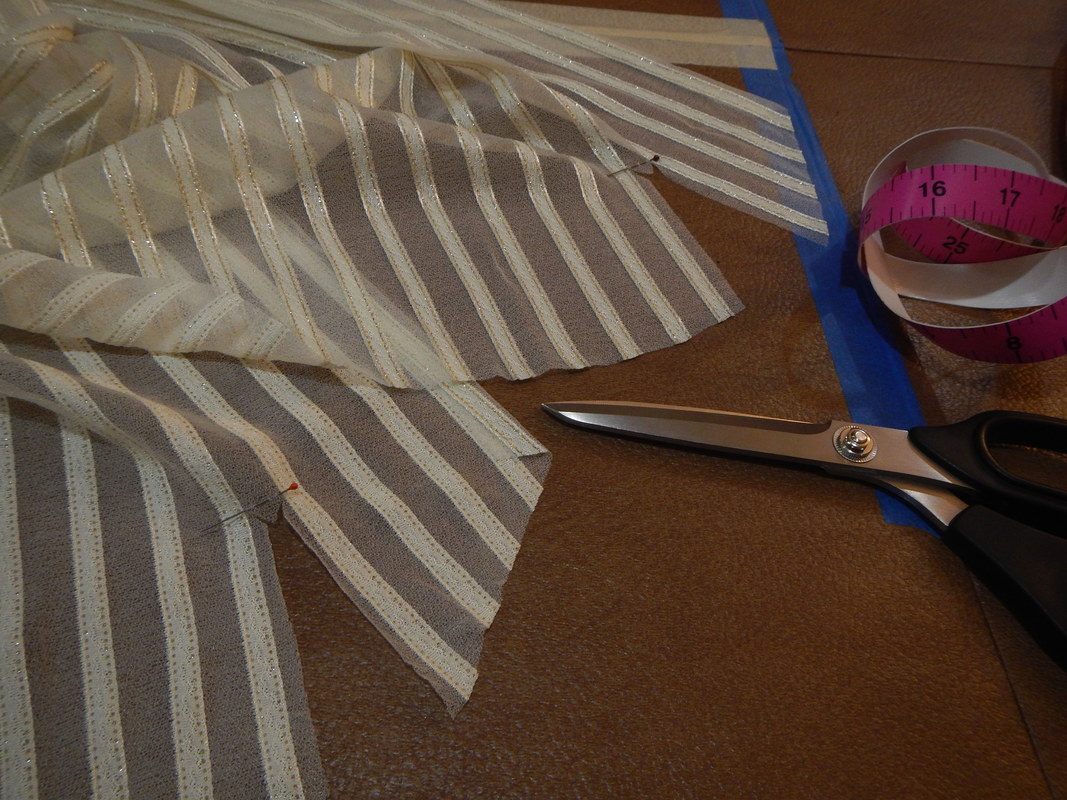
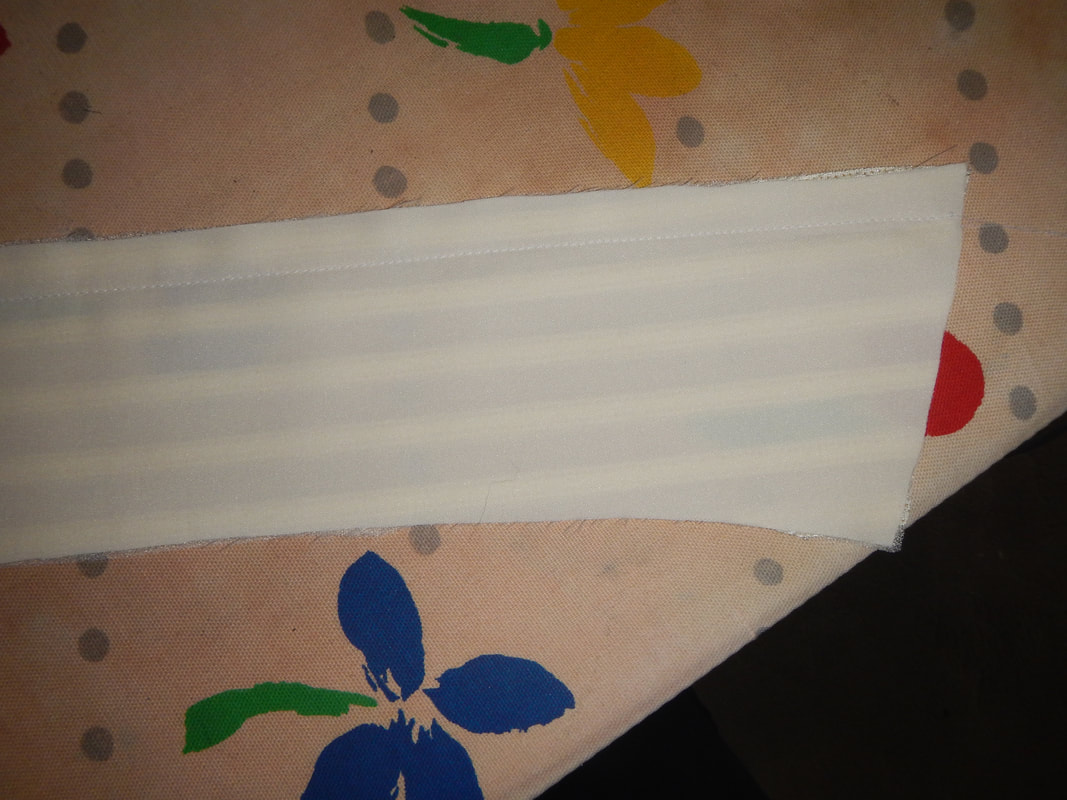
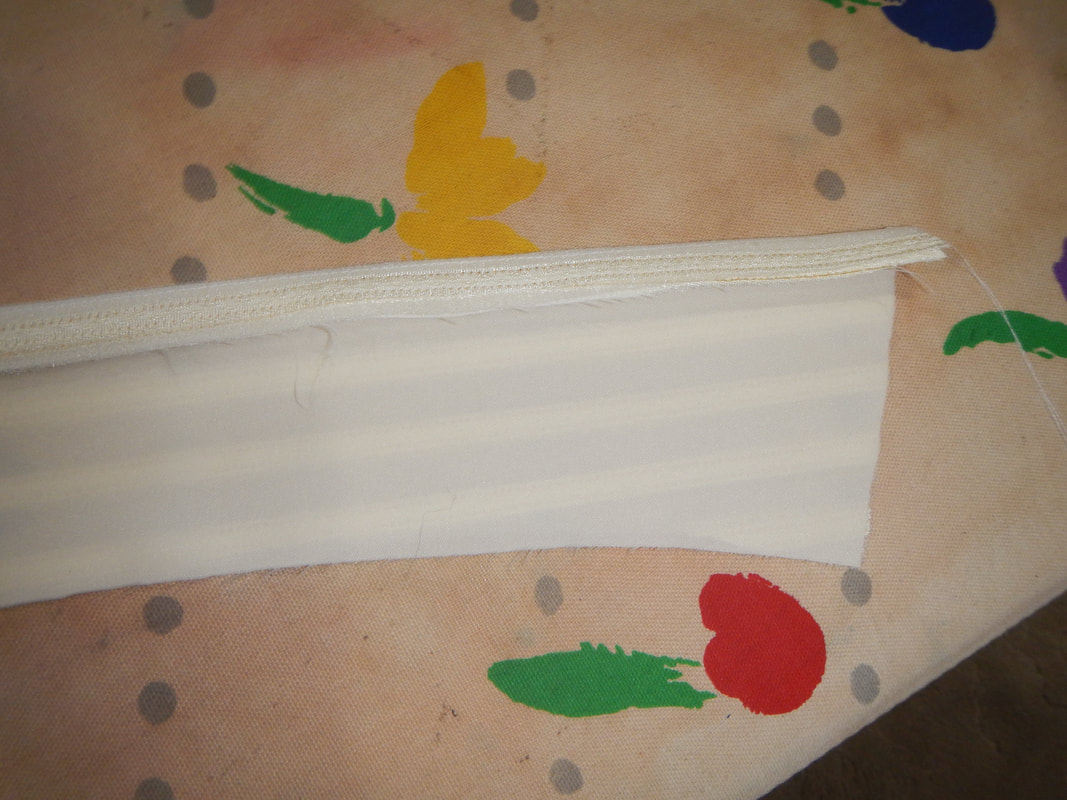
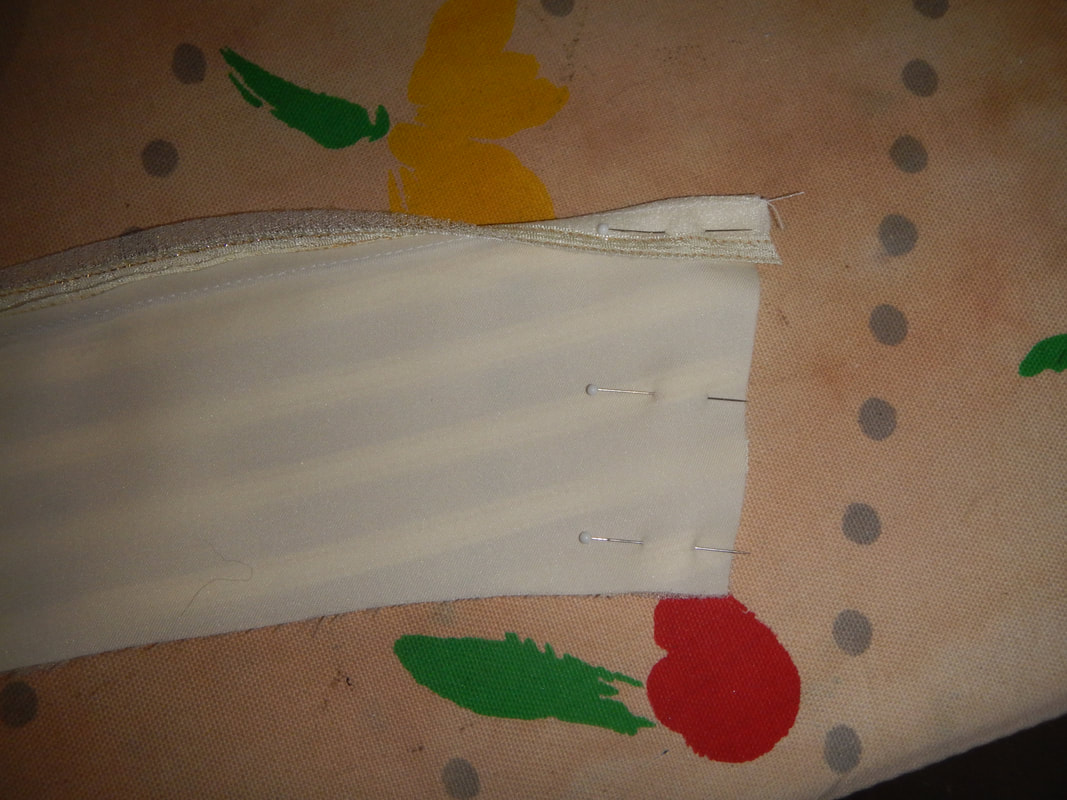
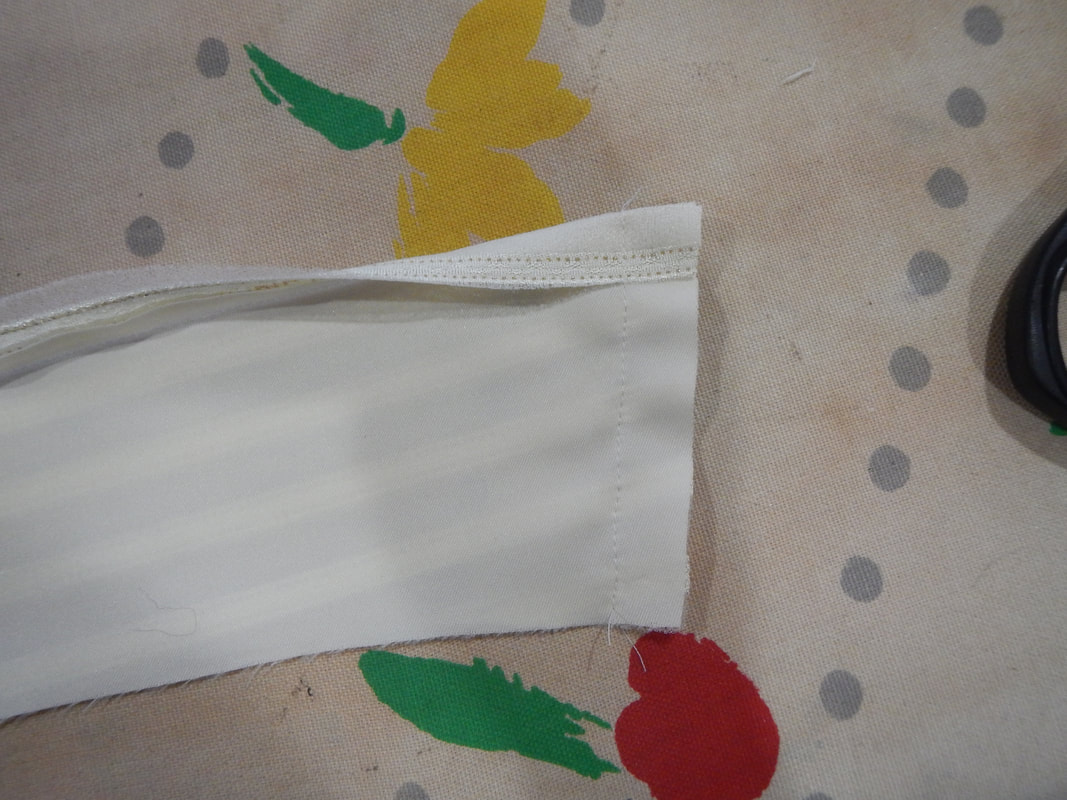
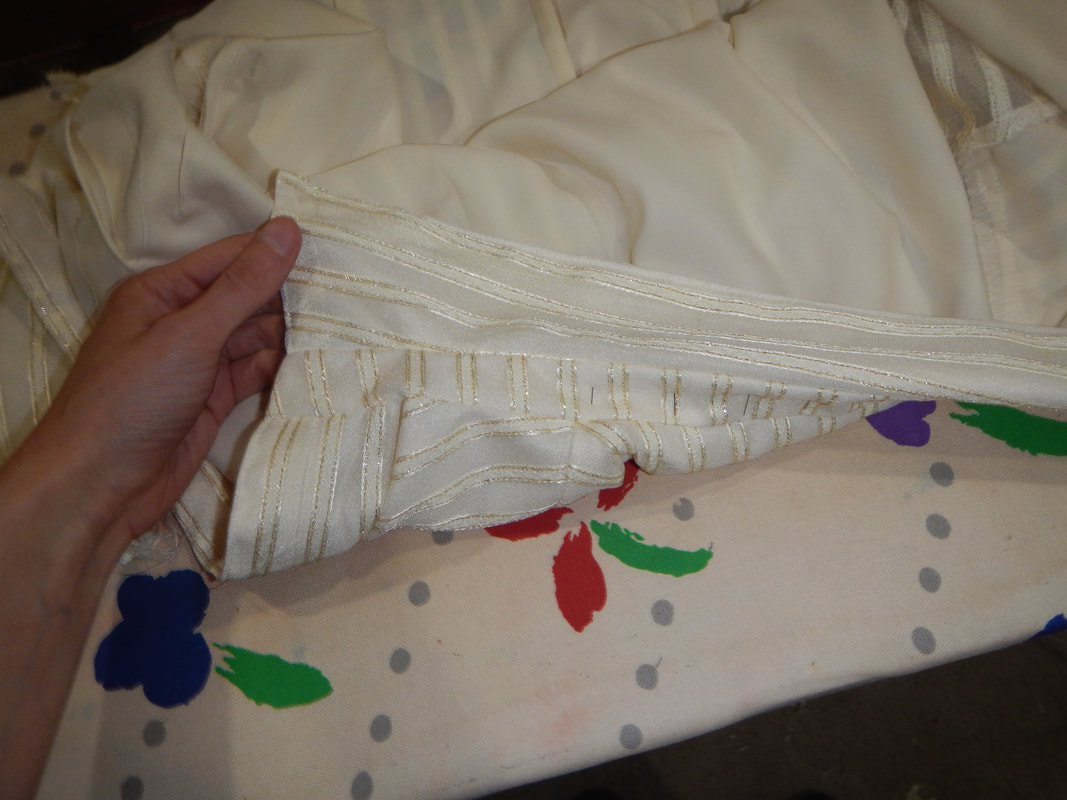

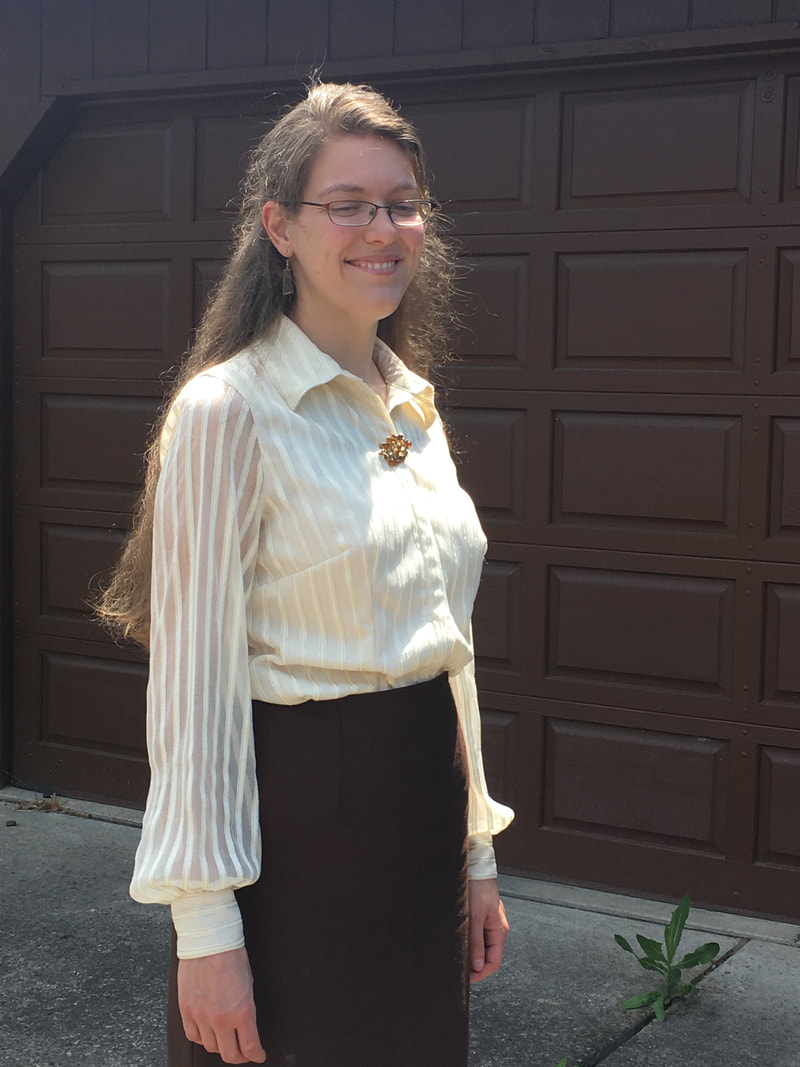
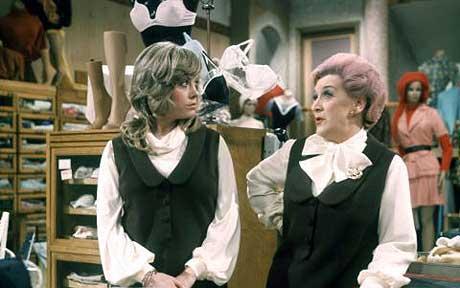
 RSS Feed
RSS Feed